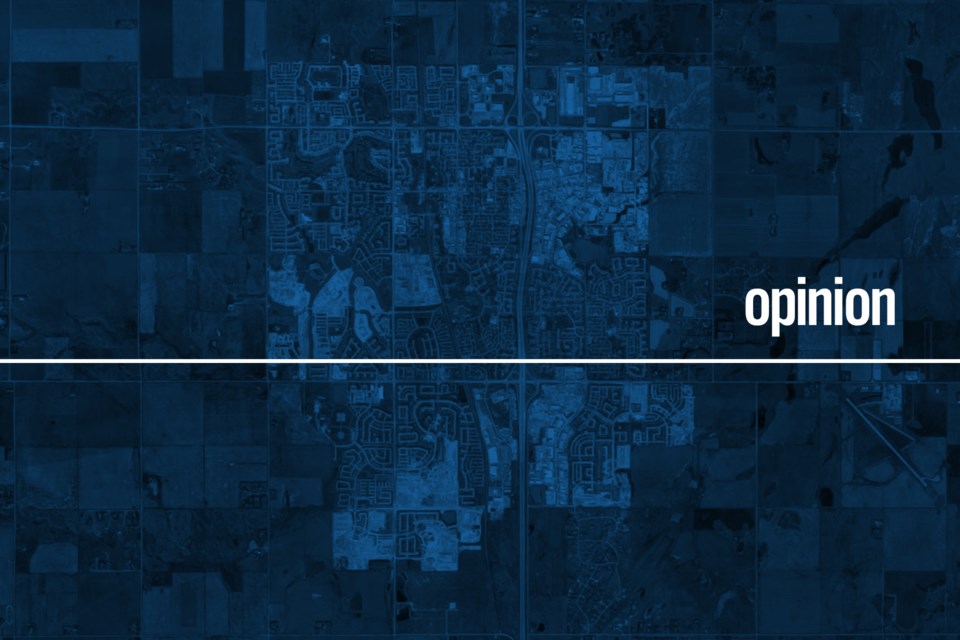As with every other Canadian election in recent years, the results of the 2021 federal vote on Sept. 20 brought forward plenty of discussion surrounding electoral reform – specifically, whether or not Canada should adopt proportional representation (PR) instead of our current first-past-the-post (FPTP) voting system.
I guess I’ll out myself in this column by declaring I’m not a fan of PR. While our current winner-takes-all system of FPTP is far from perfect, I predict PR would be even less favourable. All it would do is result in more government fragmentation and elections being held more often.
I won’t deny FPTP reduces the representation of smaller parties, such as the NDP, the Green Party, and the People’s Party of Canada (PPC). A system like FPTP benefits moderate policies and keeps fringe or more extreme views out of government.
Typically, FPTP benefits either the Liberals or the Conservatives. Those are the two parties that tend to attract the majority of voters. I believe that's due in part to their policies and approaches being either moderately liberal or moderately conservative.
If Canada used PR, according to the results of the 2021 federal election, eight parties and one independent would be represented in the House of Commons next term, rather than the five that will actually have representation. The Liberals and Conservatives would have won 110 and 114 seats, respectively, and the NDP would have won 60. With five per cent of the popular vote, the PPC would have won 17 seats. How long would this hypothetical government last before a non-confidence vote triggered another election?
Another question worth asking is what would happen to district-based representation if we used PR. Who would be the Member of Parliament for a particular riding? I like the fact that as a resident of Calgary-Forest Lawn, I have a local representative in the House of Commons.
While not used in Canada, PR is currently the electoral system used by most countries in the European Union, including Germany. I lived in Germany in 2015, and I remember reading news stories about that country’s electoral system of mixed-member PR. Seeing how the Bundestag passed votes felt more like I was reading a recap of a Survivor episode, with the constant forming of alliances and coalitions.
Speaking of Germany, that country just had an election, with the leading party – the Social Democratic Party – collecting 25.7 per cent of the vote. Seven other parties will also be represented in the Bundestag.
It’s easy to fathom Canada would be similar to Germany if we adopted PR. Every government we elect would be a minority government, propped up by alliances and negotiations. This would give a disproportionate balance of power to smaller, fringe, or even single-issue parties and candidates.
How often would we have elections under PR? How often would the prime minister not have the confidence of the House?
Too often, in my opinion.
Scott Strasser, AirdrieToday.com
Follow me on Twitter @scottstrasser19



